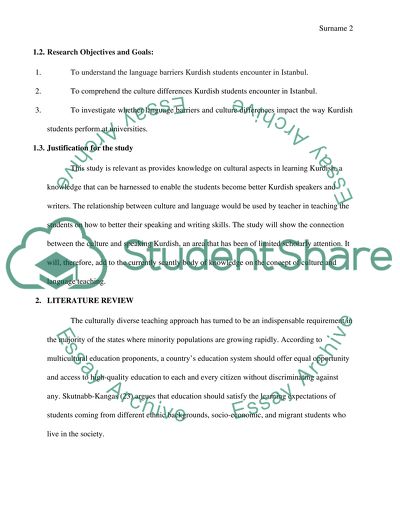Cite this document
(“Adoption problems in language and culture differences for Kurdish Research Paper”, n.d.)
Adoption problems in language and culture differences for Kurdish Research Paper. Retrieved from https://studentshare.org/sociology/1665756-adoption-problems-in-language-and-culture-differences-for-kurdish-students-who-come-from-east-to-west
Adoption problems in language and culture differences for Kurdish Research Paper. Retrieved from https://studentshare.org/sociology/1665756-adoption-problems-in-language-and-culture-differences-for-kurdish-students-who-come-from-east-to-west
(Adoption Problems in Language and Culture Differences for Kurdish Research Paper)
Adoption Problems in Language and Culture Differences for Kurdish Research Paper. https://studentshare.org/sociology/1665756-adoption-problems-in-language-and-culture-differences-for-kurdish-students-who-come-from-east-to-west.
Adoption Problems in Language and Culture Differences for Kurdish Research Paper. https://studentshare.org/sociology/1665756-adoption-problems-in-language-and-culture-differences-for-kurdish-students-who-come-from-east-to-west.
“Adoption Problems in Language and Culture Differences for Kurdish Research Paper”, n.d. https://studentshare.org/sociology/1665756-adoption-problems-in-language-and-culture-differences-for-kurdish-students-who-come-from-east-to-west.


